What Is Gender Dysphoria?
May 05, 2019 • 62 views
WHAT IS GENDER DYSPHORIA?
It matters not what someone is born, but what they grow to be. -Albus Dumbledore
Have you ever come across any YouTube video where people talk about their ‘transition’ from male to female? Or the opposite? Ever wondered what it was all about? Or why they do that?
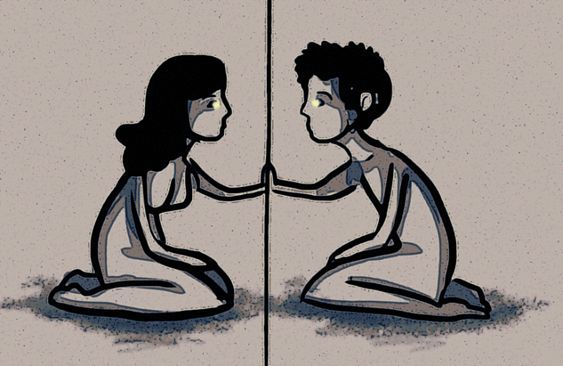
Gender dysphoria is the condition, where a person experiences discomfort with their biological sex and the gender that they identify with. People who mismatch in their sense of gender and their anatomy suffer from gender dysphoria.(GD)
Do not confuse GD with gender fluidity and with being a 'tomboy'. These two are two different terms and have two different meanings.
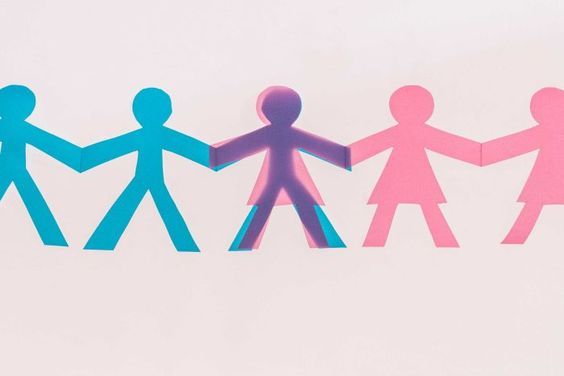
GD is a psychological condition and is now no longer termed as a 'mental illness'. People who have GD want to be identified or declare themselves as a person of the opposite gender. for e.g. a male who has gender dysphoria wants to be identified as a female or vice versa. People also refer to themselves as Non-binary, who use “they/them” pronouns.
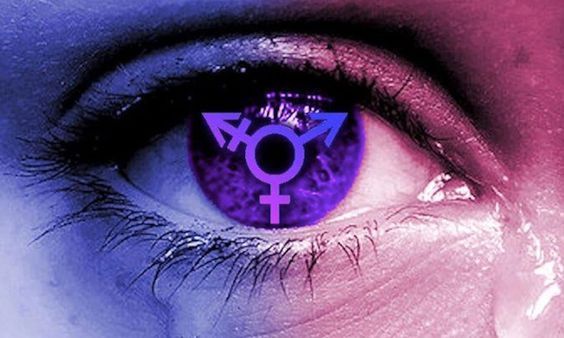
Many times, gender dysphoric people are also called as transgender or transsexual. They prefer being called with a particular pronoun with the gender they identify by.
Feelings of GD can occur at a young age of 4 to 6, or in the puberty stage. In the puberty stage, children find themselves to be uncomfortable with their growing body. They start having trouble to identify themselves as they feel and behave as a particular gender and their body is of another gender.
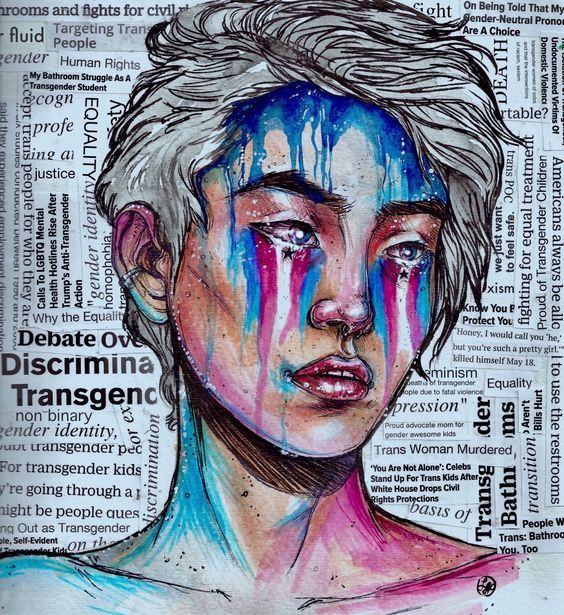
Due to this many of them wish to go through gender reassignment. They change their gender on official documents according to the gender they identify, behave and have mannerisms like.
GD can manifest differently in anyone. A person may one day be fine with having breasts and have a feeling of absolute abhorrence towards it the next.
It is better that gender dysphoric people visit psychologist or therapist because they are more prone to be mentally stressed. They might to go under depression, suffer from anxiety and turn suicidal or self-harm. (Though this is not the case for all gender dysphoric people)
Around 1% of the population is gender dysphoric according to the statistics.
Following are some troubles the GD people go through:
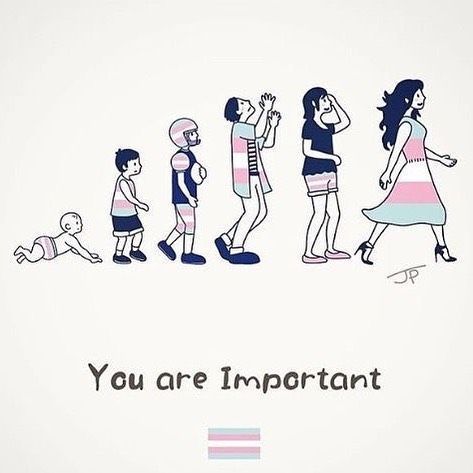
They feel troubled with their own body.
Not being able to look at their naked self, conscious about wearing swimsuits or clothes that show their body figure.
Problems when they have to go to public restrooms
At extreme conditions, they have anxiety, mentally weak and need psychological help.
Some choose to have hormone shots (estrogen, testosterone) and even go through surgery to change their gender permanently
They either identify or assert that they are of the opposite gender.
They are NOT the same as being gay or lesbian.
They are NOT gendered as nonconforming or genderfluid.
They also sometimes change their first name. for e.g. Christina becomes Chris.
Thus, it’s better to be knowledgeable and aware about this than be ignorant.
